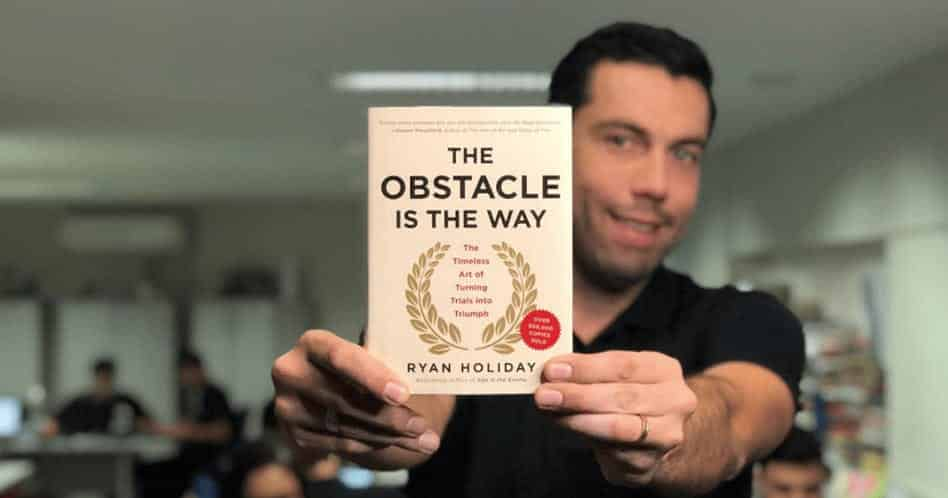
The Obstacle Is the Way - Ryan Holiday
Learn what to do to overcome the obstacles that insist on knocking you down and understand once and for all to use them as a passport towards the path of a happy, prosperous, and victorious life.
Choose language:
